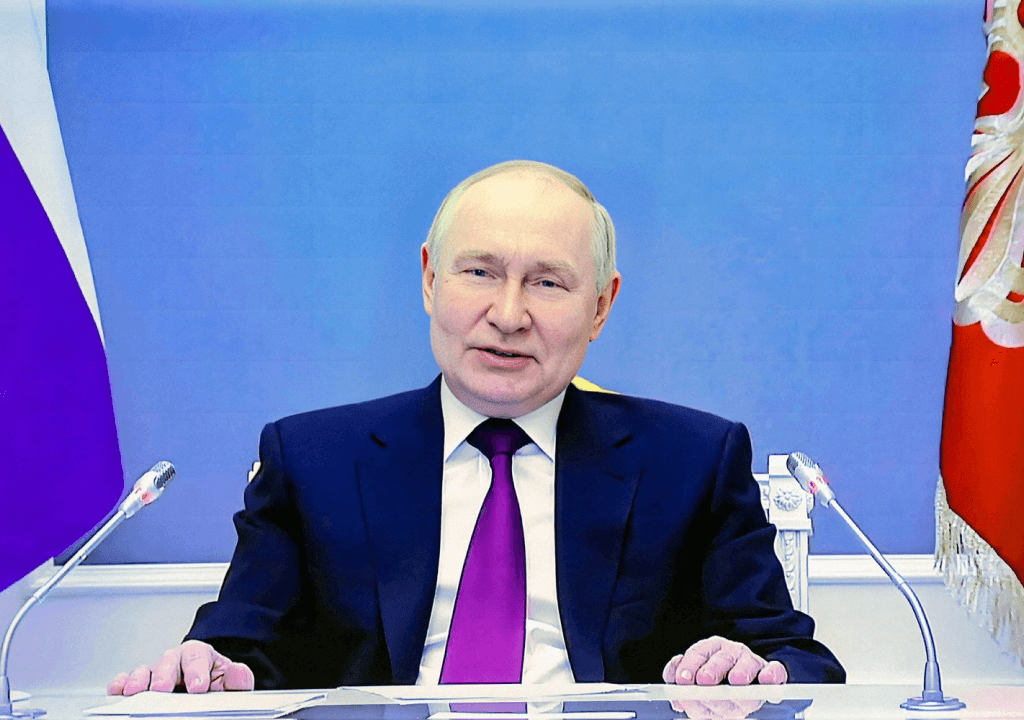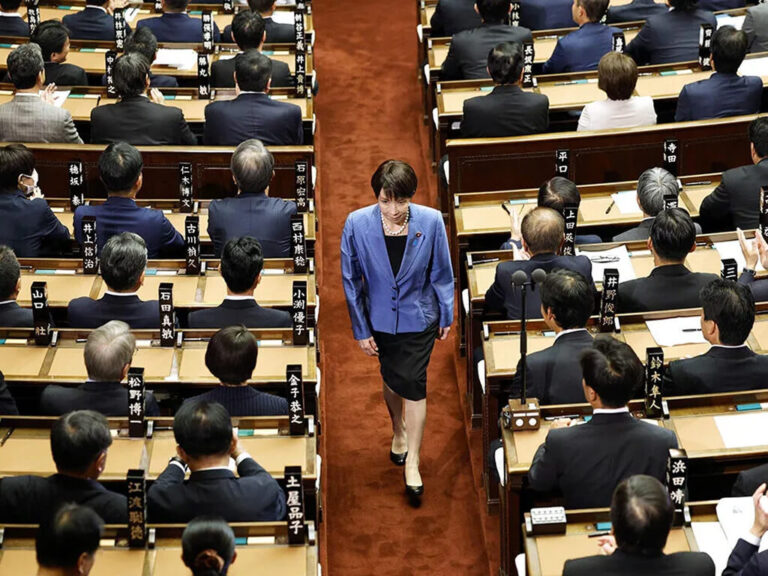While Russia lost its major markets in Europe and the United States following the Ukraine war, everyone predicted that Russia would suffer; at least, Biden believed so. But after two years of war, the Russian economy has not suffered as predicted and is not ready to cease its war in Ukraine. Even though the Russian economy has been blocked from the international financial system, it is slowly getting back on track despite the sanctions remaining in place.
How is this possible? The two big markets, China and India, the second and fifth largest economies respectively, with more than a billion people each, along with satellite countries, including Iran, are keeping the Russian economy relatively unaffected by US sanctions. As the war shows no signs of ending soon, Russia is strengthening its relationships with these countries. The trade routes between China and India are becoming more streamlined thanks to government efforts to ensure a smooth flow of goods and link their economies.
With China, the Belt and Road Initiative (BRI), also known as the Silk Road, provides good connectivity and facilitates smooth trade. However, with India, which is not part of the BRI and does not have a good relationship with China, there are issues with trade due to infrastructure limitations. To address this issue, Russia and India are working on improving infrastructure. The International North–South Transport Corridor, a 7,200-km-long multi-mode network of ship, rail, and road routes for transporting freight stretching between India, Iran, Azerbaijan, Russia, and Central Asia, is integral to these efforts. Russia and India are making significant investments to link up with each other and these countries to facilitate smoother trade, and these efforts are starting to show promising results.
Trade along the North-South corridor is off to a strong start in 2024, a boon and relief for the Kremlin. The route received a significant boost from a jump in Russian trade turnover with Iran. During the first quarter of this year, trade turnover between Russia and Iran grew by 48 percent compared to the same period in 2023, a year in which overall commerce between the two countries lagged. While trade increased between Russia and Iran, it decreased by 6 percent year-on-year between Russia and Azerbaijan during the first four months of 2024. Meanwhile, turnover between Russia and India, the countries at each end of the network of road, rail, and sea links, set a new quarterly value record during the first three months of this year, totaling about $17.5 billion, Russia’s RIA Novosti news agency reported.
As the total trade balance with export country China is not beneficial for the Russian economy in the long term, the trade balance with Iran and India is expected to be more advantageous for Russia in the long run. The North South transport corridor avoids the conventional route that passes through many countries with U.S. involvement and is expected to grow as infrastructure development flourishes. The route, passing through Russia, Azerbaijan, Iran, and India, connects major cities such as Mumbai, Moscow, Tehran, Baku, Bandar Abbas, Astrakhan, and Bandar Anzali, which is expected to boost the economies of these cities as well. This new route is anticipated to significantly reduce costs in terms of time and money compared to the traditional route currently being used.
In early June, Russian leader Vladimir Putin praised the North-South trade network as a more efficient international trade route compared to the Suez Canal. Intent on maintaining growth momentum, Putin recently approved an agreement on free trade between members of the Russia-led Eurasian Economic Union and Iran. Beyond laying the groundwork for new infrastructure and improved logistics, the TASS news service reported that the pact could save Russian exporters up to $300 million in export duties and other costs. On June 16, Russia, Azerbaijan, and Iran announced the creation of a working group to improve logistics arrangements along the North-South route, TASS also reported.
India, a populous country and one of the fastest-growing economies, which has high demand for Russian oil and natural gas, is also looking to invest in speeding up the linking process. Last year, Indian Foreign Minister Subramanyam Jaishankar stated that the North-South corridor is one of India’s top priorities. During a state visit to Turkmenistan, Prime Minister Modi, recognizing Turkmenistan’s natural gas wealth, formally invited the country to become a member of the project. He proposed that Turkmenistan become a member of the International North-South Transport Corridor. The interest of India is clearly visible. The North-South corridor project is of interest to everyone.
While the United States is doing its best to reduce Central Asia’s dependence on Russian dominance by offering trade benefits to these countries, Russia knows that it must invest more to maintain its influence in the region. They also work towards fostering more cooperation between China and India. Russia is well aware of the importance of China and India for its future and understands how the US can exploit disputes between these countries. Russia and Iran, along with their allies, are highly capable of challenging the sanctions imposed by the US. If these countries further unite to form an effective trade bloc, it would deal a significant blow to the West.








